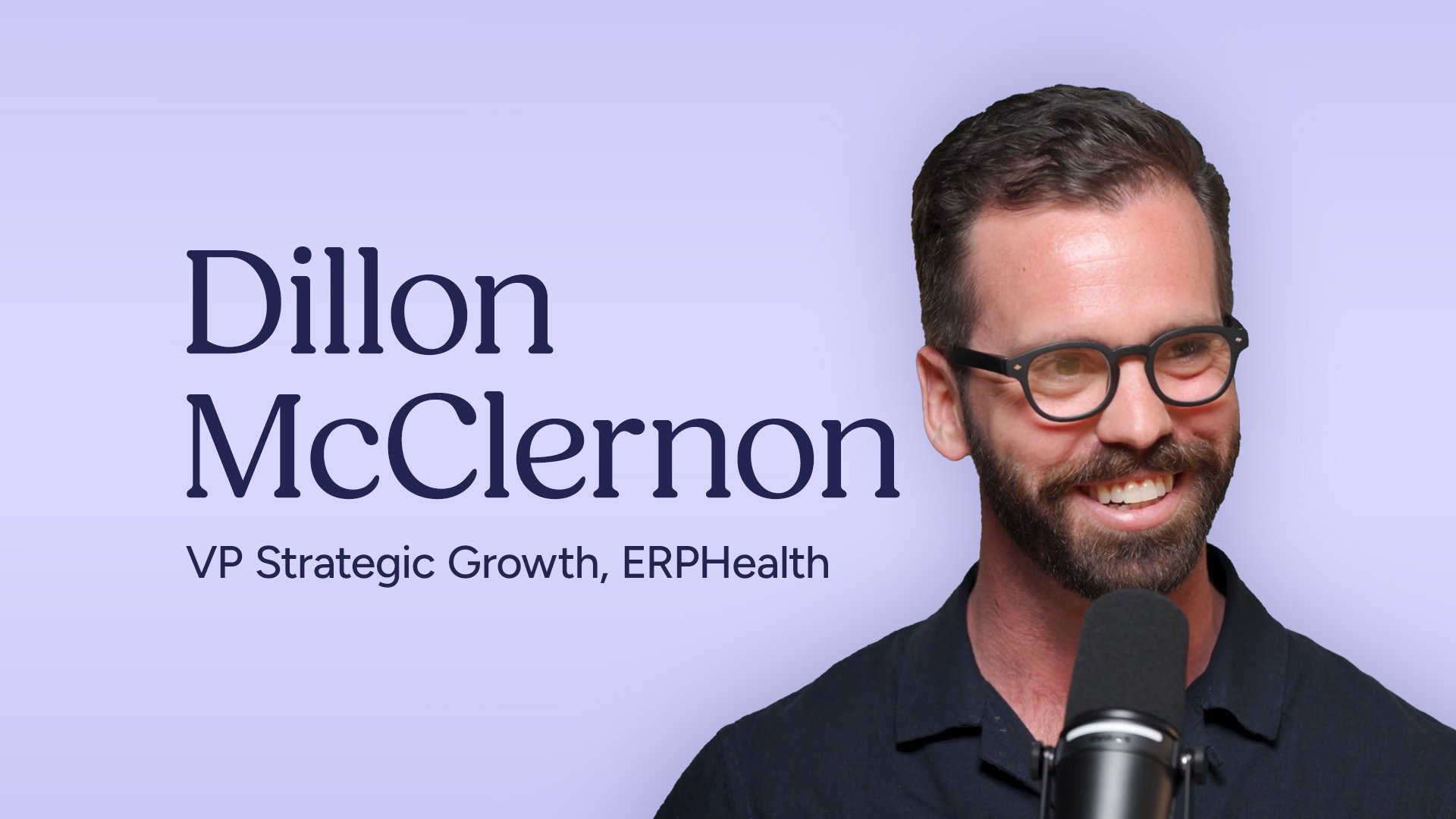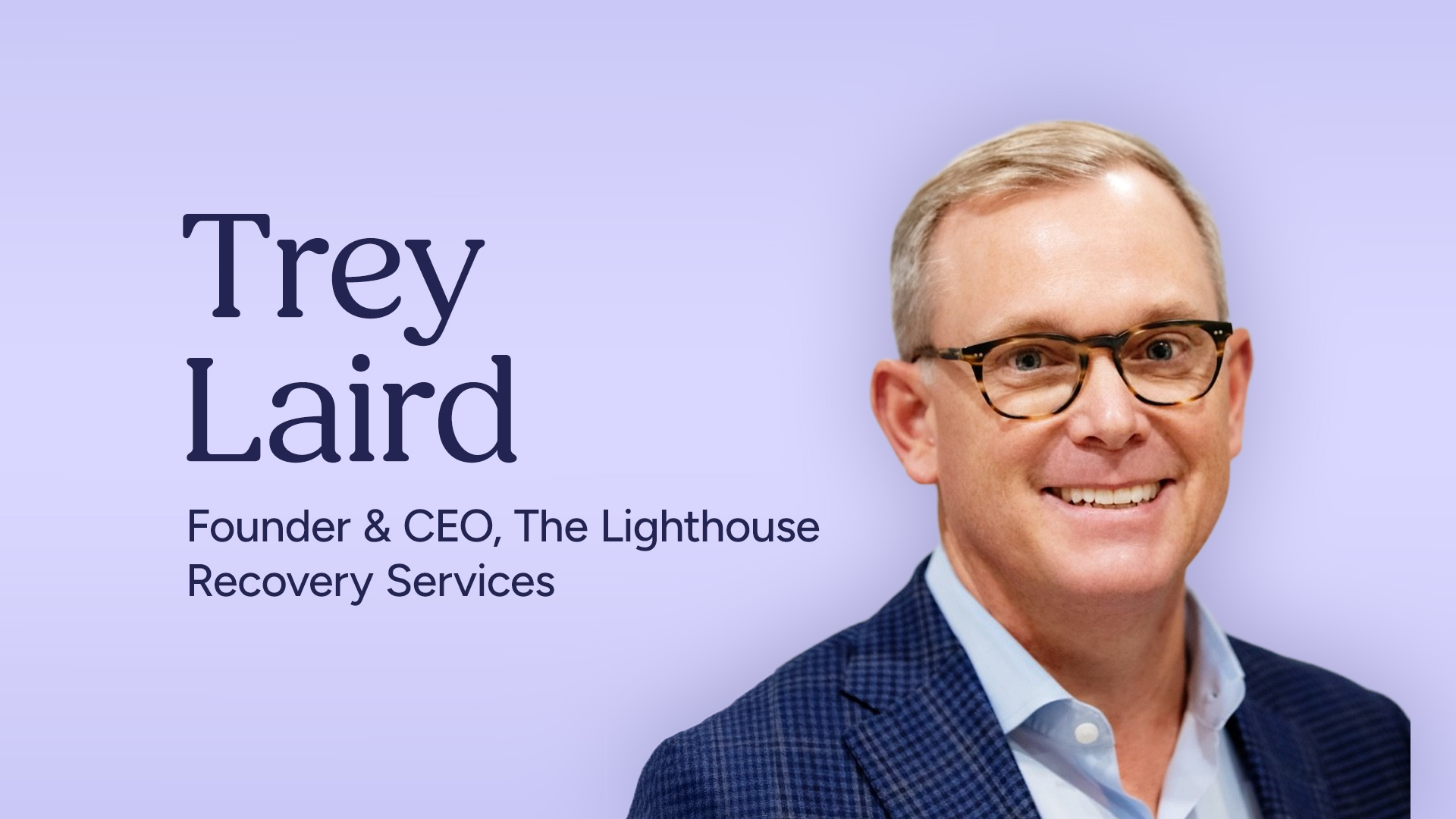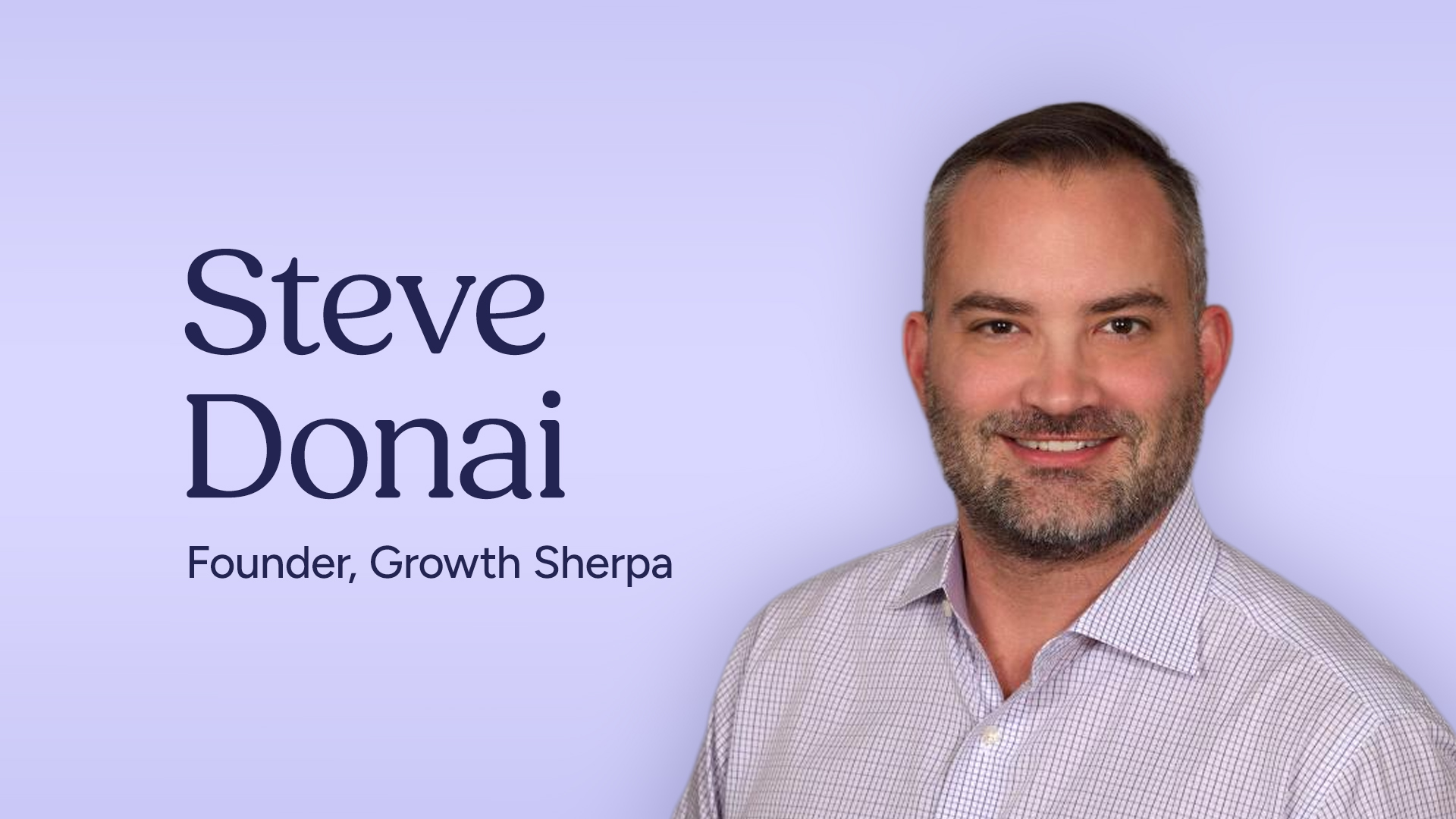High-Intent Traffic: 16 Proven Ways to Drive Admissions, Not Just Clicks
This article summarizes a conversation from the Recovery Reach podcast, hosted by Andrew Averill, where he talks with Derek Hyman, Founder and CEO of Scalable Growth, about the difference between traffic that looks good and traffic that converts.
In the behavioral health industry, traffic alone doesn’t fill beds or change lives — intent does. In this episode of Recovery Reach, Andrew Averill and Derek Hyman unpack why addiction treatment centers must move beyond vanity metrics to attract high-intent visitors: people ready to take action.
As Derek explained:
Not all traffic is treated equal. It’s easy to capture volume at scale, but if that traffic doesn’t convert into admissions, it’s meaningless.
This longform guide distills 16 actionable lessons from their conversation — a roadmap for marketers who want their digital strategies to drive measurable, mission-aligned impact.
1. Define “intent” in your own market before you chase volume
Search intent is the foundation of high-performing SEO. Derek defined it simply:
Understanding the user’s purpose behind the search is where people should be focused.
Every visitor arrives with a goal — to learn, to find, or to act. Treatment centers must identify which of those behaviors leads to admissions.
-
Informational intent: People seeking knowledge (e.g., “signs of depression”).
-
Navigational intent: People trying to reach a specific site or service.
-
Transactional or commercial intent: People ready to take action (e.g., “rehab near me,” “verify insurance for treatment”).
As Derek added:
If you can identify what people are searching for when it comes to insurance, payment structures, or treatment access, you’re far more likely to reach someone ready to get help.
2. Stop letting low-intent pages “veil” performance
Too often, SEO reports celebrate upward traffic trends without acknowledging that most of it doesn’t convert.
Derek shared an example from his client work:
The top page on one site was how long does cocaine stay in your system. It brought tens of thousands of visitors a month — but none of them were looking for treatment.
Those inflated numbers “veil” the truth. The data looks good, but the business impact is nil.
Low-intent content still has value — it can educate, build awareness, and generate authority. But it should never be confused with the traffic that drives phone calls or admissions.
3. Anchor your strategy to the 6% that drives 80% of revenue
Derek shared one of his most telling data points:
Eighty percent of revenue came from about six percent of the website’s traffic.
That small slice represents high-intent visitors — those who arrive through program, insurance, or location-based keywords and actually convert.
Typical high-intent pages include:
-
Homepage and location pages (often from Google Business Profile)
-
Insurance and cost pages
-
Treatment program and level of care pages
As Derek emphasized:
You might lose traffic overall, but if the high-intent segment is growing, that’s all that matters.
4. Choose high-intent topics first, then build content for humans and robots
Search success requires a balance between compassionate copy for people and structured content for algorithms.
Derek explained:
You can’t just ask ChatGPT to write a page and call it a day. Every piece of content should start with strategy — a framework that defines purpose, target keyword, and desired conversion.
He recommends blending:
-
Human-focused writing — clear headlines, direct answers, emotional tone.
-
Robot-focused structure — data-backed paragraphs, authoritative stats, internal links, and schema signals.
As Derek added:
Google wants accurate, factual, unique information. Humans want clarity and connection. Great content does both.
5. Use common sense — and competitor signal — to spot intent
Tools like SEMrush can label keyword intent, but real marketers rely on intuition and empathy.
As Derek shared:
Just think about how you’d choose your dentist or eye doctor. You’d search by insurance, cost, or location — not how does anesthesia work. Treatment is no different.
He also suggests analyzing top-ranking competitors:
-
Which service pages do they feature prominently?
-
What intent signals (insurance, payment, admissions) appear throughout?
-
Which keywords consistently correlate with leads or calls?
If a term doesn’t reflect the purpose of your business, it’s not worth chasing.
6. Structure every new page with a written brief — then iterate
Content creation without direction wastes resources. Derek said:
Never hand a writer a blank page. Hand them a strategy. Then measure and refine after it’s live.
His team uses a repeatable prewriting framework to ensure every article serves a measurable goal.
It starts with identifying:
-
Core and supporting keywords
-
Competitive density and alternative variations
-
Desired user action (call, form fill, insurance verification)
-
Cross-linking opportunities to key programs or services
7. Pair SEO with CRO — especially on mobile
High-intent visitors won’t convert if the experience is broken. Derek emphasized:
SEO and CRO should go hand in hand — too often, they don’t.
Because 80% of web traffic now comes from mobile devices, he recommends:
-
Prominent call buttons and persistent headers
-
Concise, empathetic headlines above the fold
-
Expandable sections and accordions to prevent endless scrolling
As Derek explained:
If it’s not optimized for mobile, people will go right back to Google and pick someone else.
8. Match CTAs to intent — and personalize when you can
A single CTA across all pages is a missed opportunity. Derek shared:
A Call Now button on a low-intent blog is useless.
Instead, align the CTA with visitor readiness:
-
Informational pages: Learn More or Explore Treatment Options
-
Service pages: Verify Insurance or Call for Admission
-
High-intent pages: a clear, tappable phone number
As Derek advised:
The best CTAs are context-aware, not copy-pasted. Give people what makes sense for where they are.
9. Turn low-intent “power pages” into allies with internal links
If a blog post earns major traffic but few leads, don’t delete it — redirect its strength.
Derek explained:
You can harness the power of that page through internal links. If Google loves it, share that authority with your high-intent pages.
By linking to service or admissions pages, you give motivated visitors a next step and boost SEO for the URLs that matter most.
10. Instrument everything — calls, forms, pages, and results
For Derek, measurement is nonnegotiable. He explained:
If you can’t measure it, don’t spend money on it.
He urges centers to implement call-tracking tools like CallRail or CallTrackingMetrics and configure them properly. Dynamic number insertion (DNI) ensures each visitor session can be traced to its originating URL.
As Derek shared:
The gold standard is knowing exactly which page generated the call that led to admission.
That data makes it possible to double down on what truly drives revenue — not what just drives clicks.
11. Invest in Google Business Profile — and watch the ripple effect
Local visibility still matters. Derek noted:
A strong Google Business Profile can drive high-intent local traffic that converts faster than organic pages alone.
He encourages centers to:
-
Update categories, services, and photos
-
Solicit genuine reviews
-
Maintain accurate hours and contact info
As Derek added:
Rising tide lifts all boats — work on your site, and your map rankings improve too.
12. Prepare for AI-shaped SERPs by writing modular, referenceable content
Search results are changing fast with Gemini and other AI models. Derek shared:
We’re seeing the pages we wrote show up at the top of Gemini — bullet by bullet, linked straight to our clients.
He credits this to writing for clarity and structure: each section answers a single question, and facts are well-sourced. The lesson: AI rewards precision.
13. Set expectations: traffic might go down while admissions go up
Focusing on high-intent content often means overall visits drop. But that’s not failure — it’s focus.
Derek emphasized:
We’re not here to drive traffic, we’re here to drive leads and admissions.
Marketing teams should prepare leadership for this shift. Losing irrelevant clicks is a sign of efficiency, not decline.
14. Adopt a publishing cadence that respects the long game
SEO is cumulative. Derek reminded listeners:
It takes time — months, sometimes a year — to see compounding returns.
A realistic timeline might include:
-
Months 1–3: Audit and fix tracking; prioritize high-intent pages.
-
Months 4–6: Launch optimized content; refine CTAs and mobile design.
-
Months 7–12: Layer in supporting blogs and internal linking.
As Derek said:
If you’re investing in SEO, you have to respect the patience it demands.
15. Bring admissions and marketing together around the same phone
Even the most optimized page fails if the admissions process lags. Derek emphasized:
Marketing and admissions need to share feedback loops.
He suggests aligning:
-
Which pages drive the most qualified calls
-
How quickly leads are answered
-
Whether insurance messaging matches reality
As Derek explained:
The data tells you what works, but the team tells you why it works.
16. Remember the first principle: serve the seeker
At its core, high-intent marketing is about empathy. Derek reminded listeners:
You can offer free rehab and those people still aren’t going to take advantage — if it’s the wrong intent.
Behavioral health leaders must meet people where they are: with compassion, transparency, and relevance.
-
Use plain language and clear next steps.
-
Offer multiple connection options (call, text, chat).
-
Lead with trust-building signals — reviews, credentials, and real human stories.
As Derek concluded:
We’re not just marketers, we’re connectors — helping people find the care they need, when they’re ready to take that step.
Key Takeaways
-
Quality beats quantity: Focus on the 6% of pages that drive 80% of your revenue.
-
Intent alignment matters: High-intent visitors convert; low-intent visitors learn.
-
Measure every touchpoint: Use call tracking and URL attribution to tie marketing to admissions.
-
Design for mobile and speed: Fast, focused, and accessible beats flashy.
-
AI-ready content wins: Structured, factual, modular pages now perform best.
-
Marketing and admissions must collaborate: Data without human insight leads nowhere.
Final Thoughts
High-intent marketing is both a science and an act of service. It demands discipline — in analytics, empathy, and execution — but its reward is real impact.
As Derek reflected:
Ultimately, we’re trying to help people reach out for help. If the traffic you’re getting isn’t doing that, it’s time to change your strategy.
In the end, every click that becomes a call — and every call that becomes a person in recovery — is proof that marketing, done right, can save lives.

 By
By


